Somalia farmers left disheartened by the 2023 floods-triggered crop losses, struggling to get back on their feet
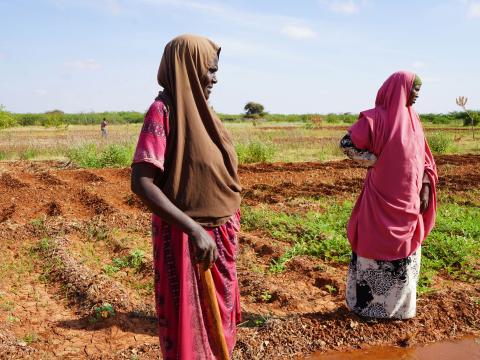
Doolow, Gedo region, southern Somalia: Approximately five kilometres from Doolow town, World Vision runs the Kobciye resilience and livelihoods project. It’s within an earshot of ‘Kabasa camp for internally displaced persons, the first settlement that was established over a decade ago to accommodate families escaping the 2011 famine and insecurity in south-central Somalia.
The Kabasa farms serve as a vital lifeline for 200 families, providing livelihoods support to stave off hunger and malnutrition. The farmers engage in small-scale crop cultivation, benefitting from the perennial Juba River to irrigate their farms. However, the same river that nourished their farms and ensured year-round food security washed away all their crops, just before they could harvest.
The United Nations characterized the widespread floods witnessed across the country during the Deyr (October to December 2023) rainy season as a once-in-a-century event, estimating that it may have obliterated 1.5 million hectares of farmland across the Somalia.
It’s been nearly two months now since the floods and the farmers are still grappling with the loss, as they seek temporary support to tide them over until they can regain their footing.
75-year-old Safia Asir has eight family members to look after. Still grappling with loss and feeling disheartened, she has to muster the determination to persevere. Safia has planted coriander, sweet potatoes, watermelon, and cowpeas. The coriander has already begun to sprout, offering a glimmer of hope to keep her going. She expects to harvest sometime in mid-March. In the meantime, she’s resorted to taking food stuffs and essential non-food items on credit from local shop owners.
Safia wishes she didn't have to struggle at her age but her children and grandchildren rely on her support. Originally from the neighbouring district of Luuq, she was forced to leave during the severe drought and famine of 2011. She sought refuge in neighbouring Kenya. She lived in Dagahaley camp in Kenya’s Daadab refugee camp for eight years.
“I chose to flee to Kenya because the situation was so dire in Somalia. I feared that if I stayed in Doolow, the drought might also claim us,” Safia recounts. In 2016, Safia had to return to Somalia as the refugee camp was scheduled for closure.
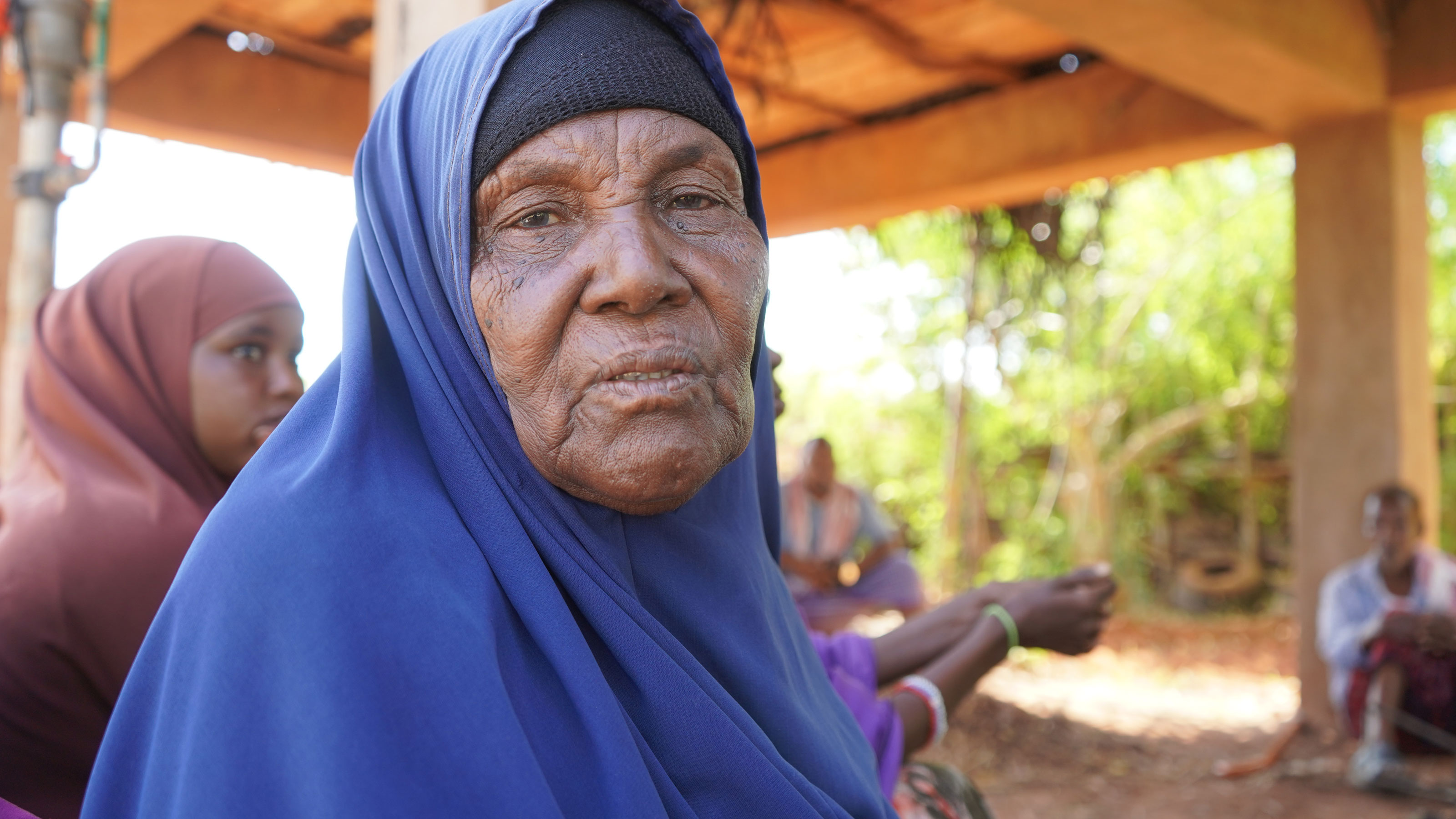
Muslimo, 40, a mom of nine children worries all day-long about how she will meet household’s needs, especially food. Last year’s floods disrupted her sole primary source of livelihood and income. "We've been depending on the farms but the floods washed away everything we had invested in and hoped to get in return,”she says. In a disheartened tone, she continues, “I have children who need to eat yet the harvests I was relying on were all destroyed."
Muslimo and her family fled Wajid district in the Bakool region, a 12 day’s trek to reach the neighbouring Gedo region. They were among the earliest arrivals at the Kabasa camp for internally displaced people in 2011.
Her youngest was still breastfeeding and battling malnutrition. World Vision was the first international organisation she met and her family was enrolled into the relief food programme. Then later transitioned into the World Vision/WFP agriculture program.
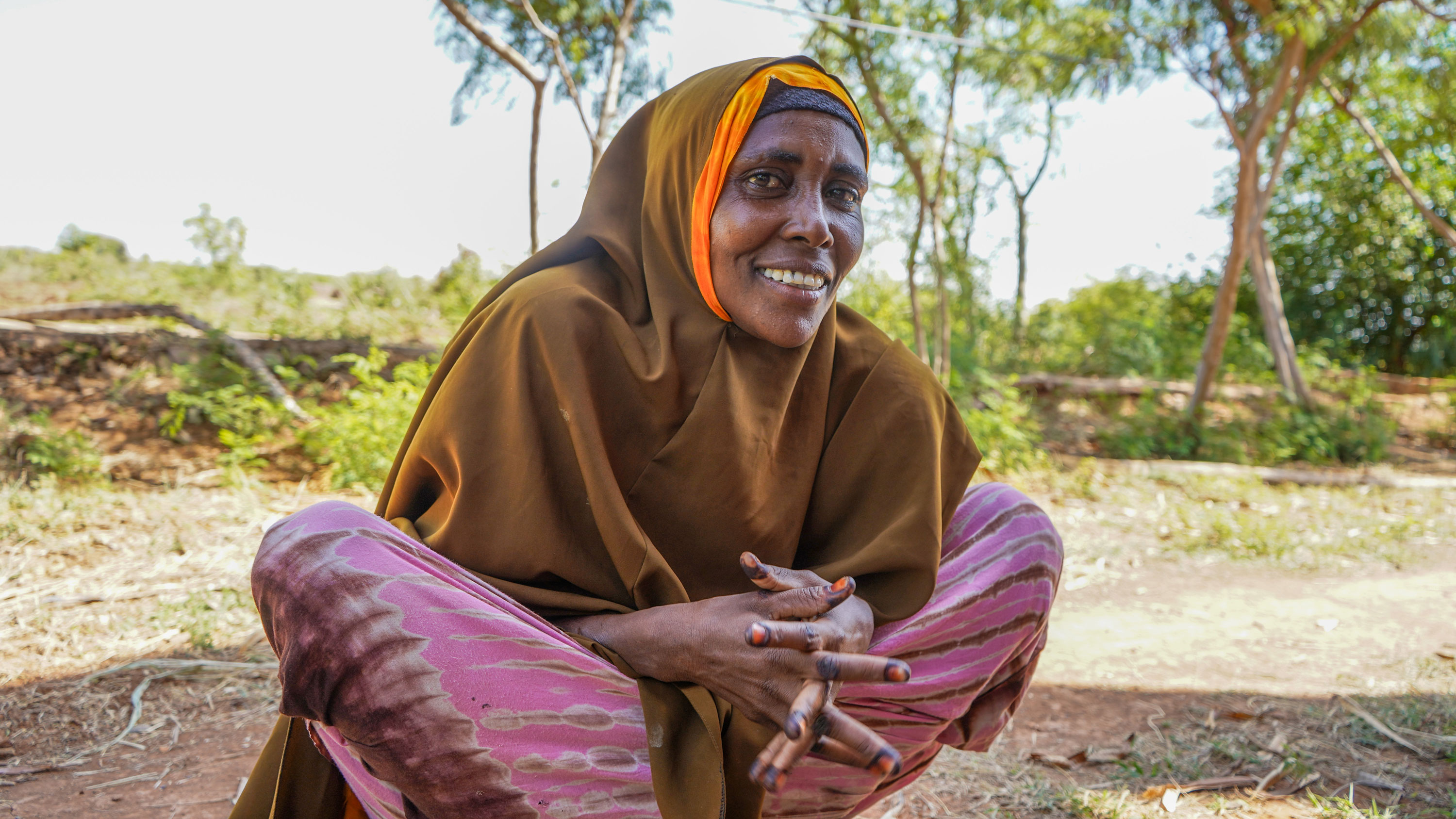
Back in Bakool they engaged in both livestock rearing and crop farming. “The drought wiped out all our livestock and crops, forcing us to leave and seek shelter here,” Muslimo explains.
Fatuma Abdulahi has been preparing her farm for planting, taking a brief respite from the relentless heat of the scorching sun that is a constant in Somalia. It’s not just today, Somalia is predominantly characterised by its hot and tropical climate, with daily temperatures ranging from between 30°C to 40°C.
Fatuma’s biggest fear right now is how she will provide for her family of 10 members over the next few months, until she can harvest her crops. She’s planting watermelon seeds. It will take approximately 2-3 months for the watermelon to be ready for harvesting.
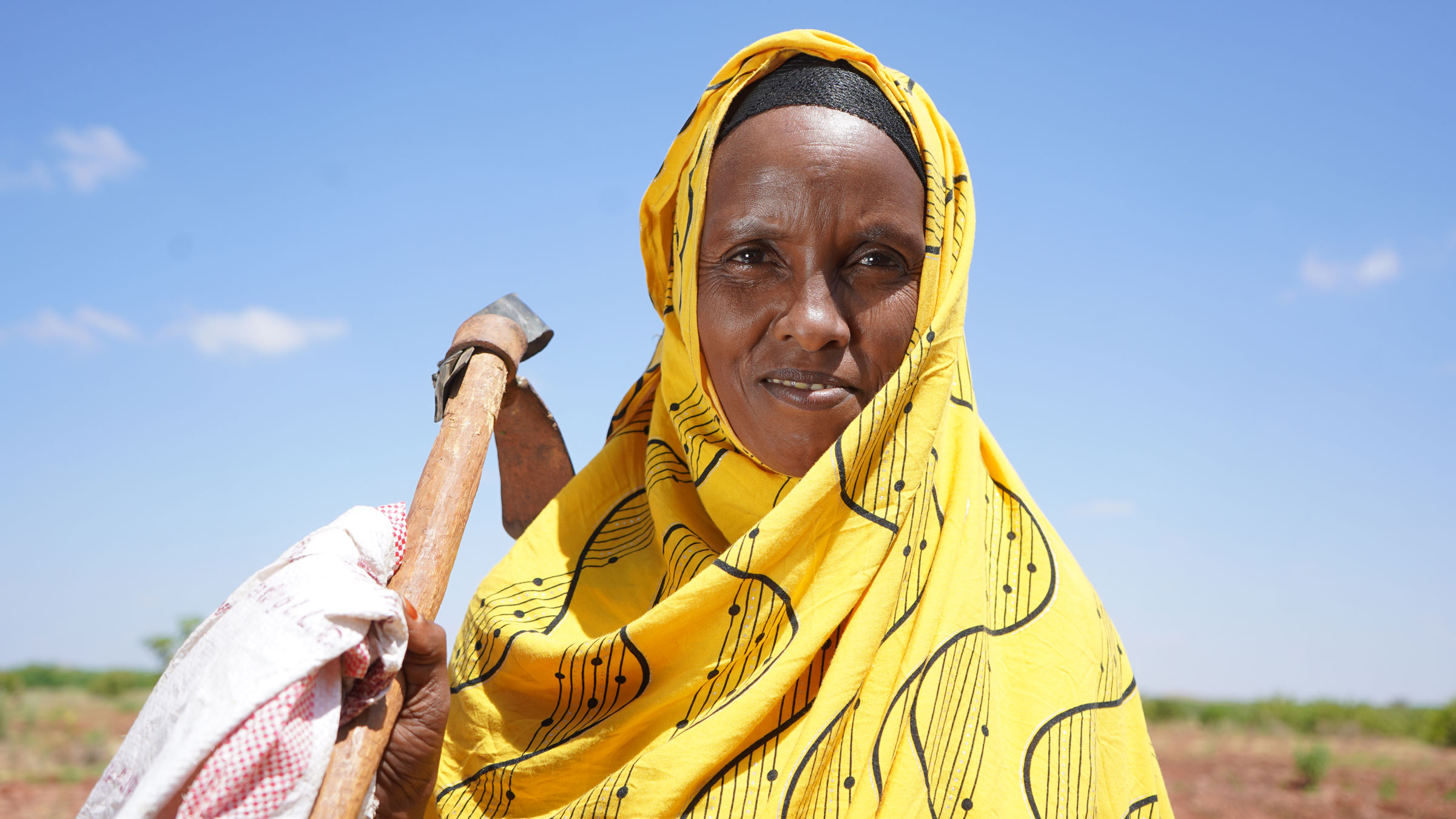
“Things were going smoothly for the farmers. They had invested considerable effort in these farms, with high hopes of a bumper harvest, for all that to be lost to the destructive floods,” says Abdirahman Abdulahi, World Vision’s project coordinator for Food Security and Livelihoods in Doolow.
“Income-generating activities are limited, but some are trying their luck, taking on available casual work like washing clothes, cleaning, and construction work, as they await their next harvests,” Abdirahman explains.
Luckily for the farmers, there are seed reserves kept in the store left from the 2023 project funding cycle. Each farmer is receiving a small amount to help them back on their feet.
Abdirahman especially commiserates with the farmers feeling their pain. For nearly four years now, the farms have been their lifeline. The floods also threaten to reverse the gains World Vision and WFP were gradually making of transitioning the farmers from relief dependency to self-sufficiency.
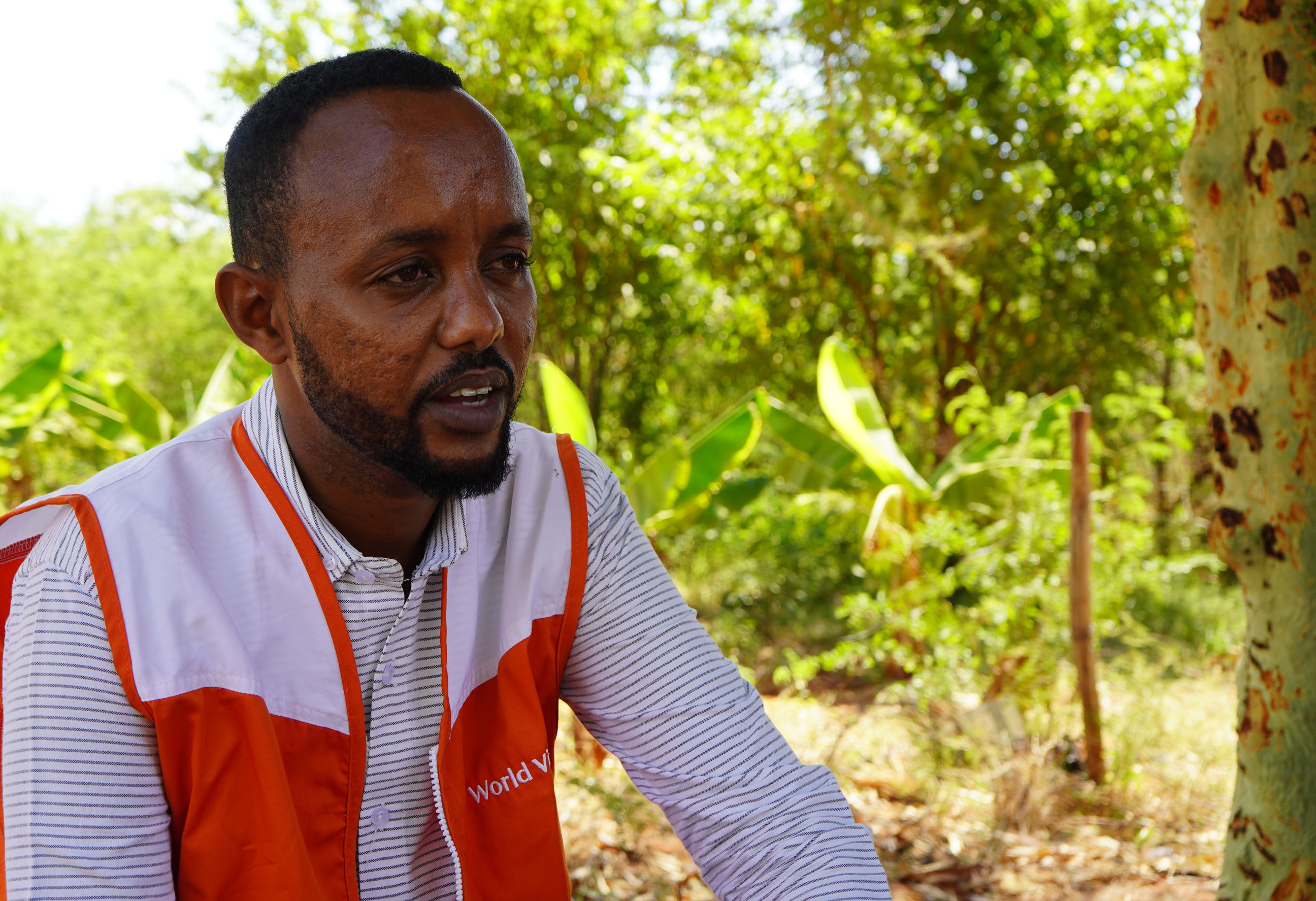
Farmers limited by their current financial situation
Ali Daud, chairman of the farmers’ says the immediate requirement for farmers is support in obtaining tractors to till the land. Right now, we are preparing the farms for planting, with some farmers managing to plant one or two crops. However, tilling the land is difficult due to the hardened ground- it’s like digging on hard rock. The farmers have to use so much effort,” Ali explains.
"We've approached potential providers who are willing to offer tractor ploughing services, but with our current financial situation, we cannot afford to pay the cost,” he adds. To hire tractor services the farmers would need to raise over US$5000, they say. Perhaps if they had harvested, they would have been able to afford the services.
Though engaging in small-scale farming, the farmers had also organised themselves into eight Village Savings Groups, each comprising of 25 members. In 2023 they successfully accumulated US$ 3,000 after saving for nine months. Without any harvests due to the floods, the farmers distributed the saved funds among themselves, relying on that to survive.
The farmers appeal to be considered for a short-term food relief assistance to sustain them over the next few months until they can harvest their crops. In addition to casual work, turning to credit seems like a prevalent coping strategy for the farmers.
The women seize the opportunity to express their desire for an expansion in farm sizes to enable them cultivate more. Currently, the crops they grow is mostly for their household consumption. Almost all the farmers have large families, typically ranging from 10 to 12 members per family. "You can see that the farmers are very determined and hardworking, devoting most of their time to their farms, but they are limited by the size of the land," Abdirahman observes.
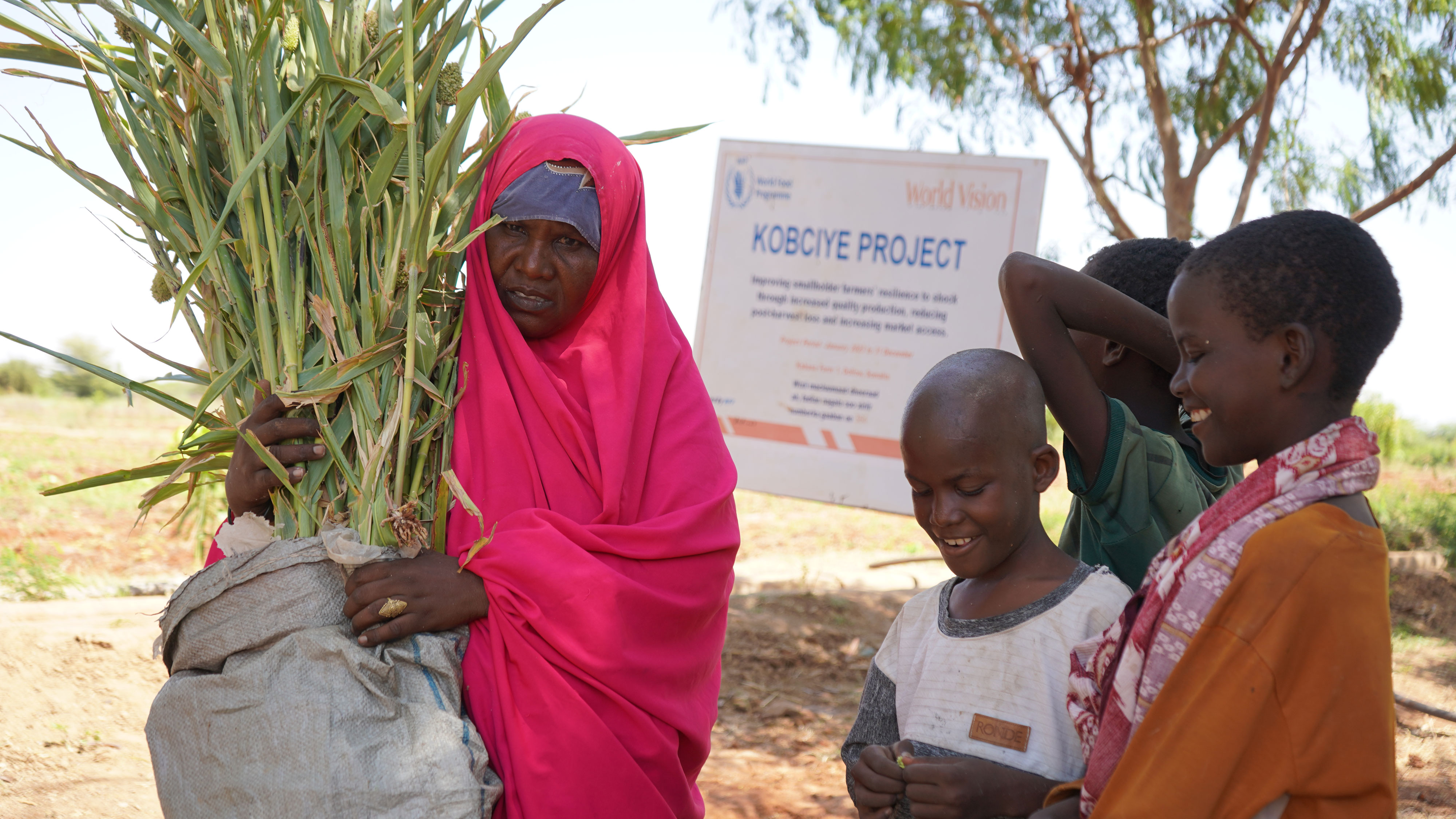
Ali, a third grader says he felt deep sadness and sympathy for his mother because she didn’t harvest any crops despite planting sorghum, corn and cowpeas. “Water was all over here. Our farm was filled with water because of the floods,” Ali explains.
Apart from the farm, the family relies on a donkey cart, a common means of transportation in Somalia, to earn a modest income by transporting goods for people within Doolow town. Ali’s not in school today because it's a holiday, so he came to assist his mother, Farhia, gather sorghum fodder which they plan to take to the market for sale, and some for their donkey. It’s normal for children to help their parents with light chores during such breaks.
About the Kobciye project
The families supported in the Kobciye project initially relied on aid. They had over time shifted their mindset away from dependence on relief assistance, thanks to this project, albeit on a modest scale.
The idea of the farms was born out of the need to support internally displaced persons (IDPs) who had fled the rural areas due to drought, famine and conflict, seeking refuge in Doolow. The families prioritised in the project were those with malnourished children, enrolled in the nutrition programmes.
Upon successfully completing the nutrition programmes, it was recognised that these families required a sustainable means of livelihood. Empowering them to cultivate their own food was identified a solution to ensure their household food security, providing access to nutritious meals for their children, and therefore reducing the risk of their children being re-admitted for malnutrition.
Article by Lucy Murunga, a communicator with World Vision, reporting from the Gedo region of Somalia.
-ENDS-